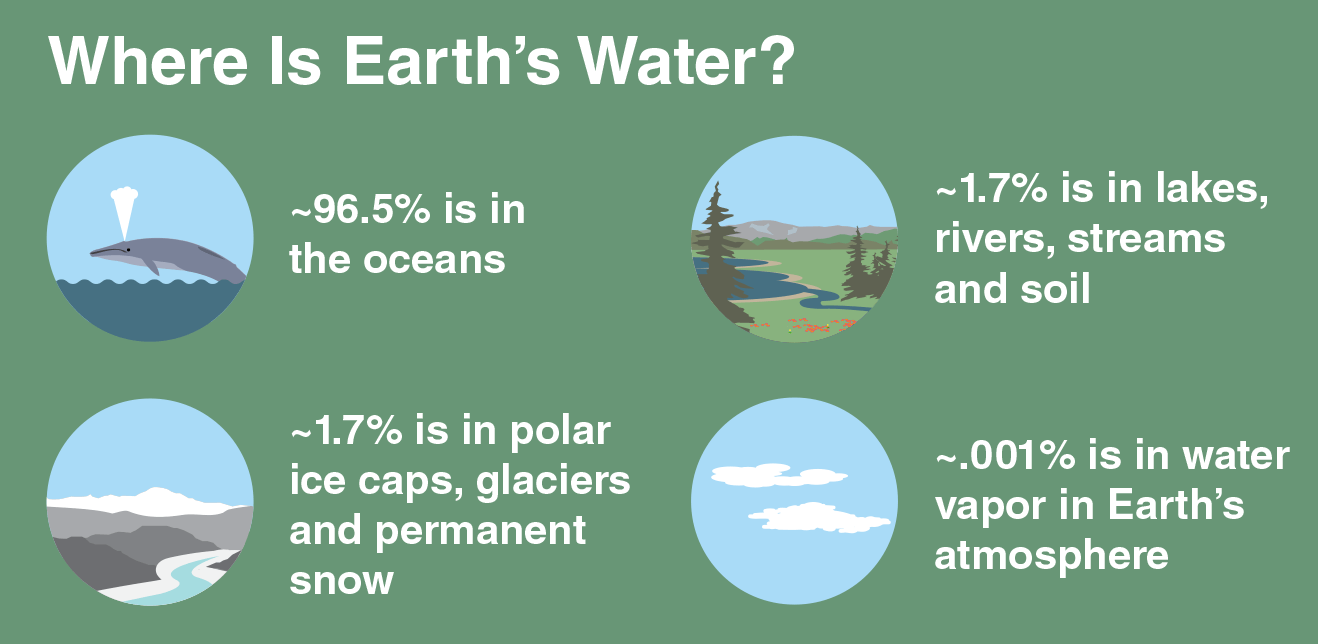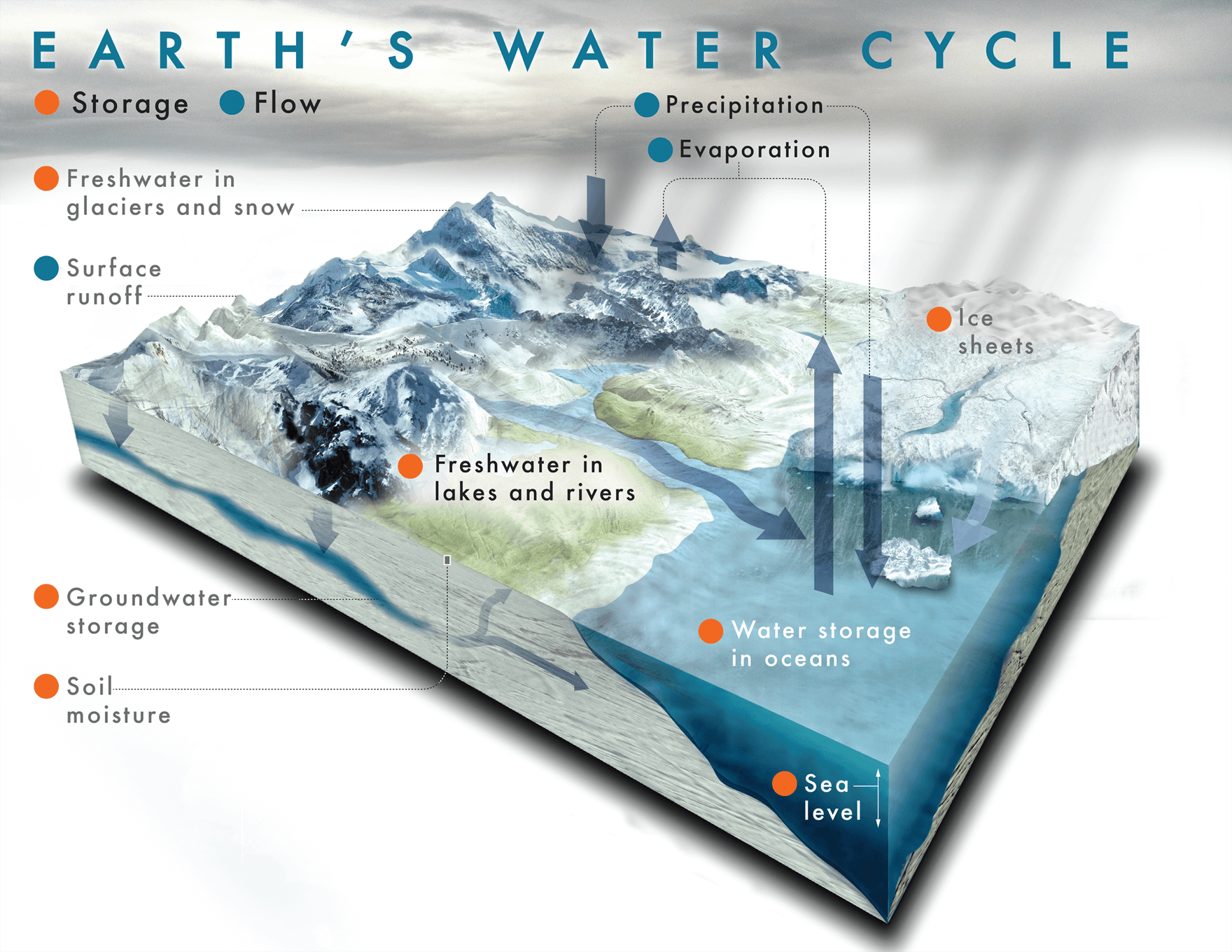Aim; To look at the different ways we can prevent climate change in the future.
Name 3 fossil fuels?
Oil
Coal
Gas
What is the cost?
Carbon dioxide
The CO2 level has soured since when?Industrial revolution.
What are the effects in the UK?
- Warm Days.
- From suffer of heat waves.
- Species can disappear.
How many climate refugees will there be in Britain by 2050?
200,000 million.
When will Fair born be flooded?
Sometimes in to next 60 years.
What are some of the other things that will be 'swallowed by the waves'?
- 1.5 million homes.
- 100,000 from coastal erosion.
- 1000 toxic sites at risk.
How can we stop climate change?
- Removing all the gas boilers.
- Plant more trees.
- Running car on solar battery.
What ideas are school children having about climate change?
- Protesting.
- They don't want to have kids when they are older.
- Don't drive all the time.
What is the atmosphere called?
a Waste Dump.
What is the last statement the reporter made?
We know what we need to do, we have got the technology. What we lack is the
political will.
What places will be effected?
There will be various places that will be affected.
What else do we need to think about?
Not to build places near the sea.
What other places around NZ will be affected?
Any of the pacific islands.
What does this do to our drinking water?
It gets more salty.
What are the main concerns?
- Coastal erosion.
- Coastal flooding.
What can we do?
- Using public transport.
- Not using fossil fuels.
- Using things that are not so hard on carbon dioxide.
What is the one, silver bullet solution?
Nobody
What is the mix of things we need to start doing?
- Being able to use more renewable's.
- Using Solar heating.
- Start using public transport more often.
What are 3 others you can think of?
- Recycle
- Reduce
- Reuse
My Investigation
Where does our food come from?
- Choose your favourite food.

- Upload a picture of it.
- Draw a picture of it on A4.
On your blog answer the following questions.
- Where does the food come from (e.g. is it from another province or country, was it purchased or made locally)?
Pizza comes from Southern Italy.
- How many kilometers away did the food travel to get to you?
18.542km
- What are the main ingredients?
Pizza dough
Pizza Sauce
Mozzarella cheese
- How is the food packaged?
Pizza is packaged in a box when it is ready to go.
- What resources do you need to produce this food item (e.g. land, water, oil, food, etc.)?
The resources needed to make pizza is natural resources. That may include Tomatoes, Onions, Mushrooms, Olives, Anchovies, Garlic, Peppers, Salt, Pepper, Oregano, Basil and Water.
- Would this item have been processed?
Yes, this food has been processed.
- Is there anything unique or significant about the food item (e.g. fair-trade, local)?
Yes, its packaging.
- What else do you notice about this food that affects its climate friendliness?
When your finished eating a pizza your left with the pizza box and some people could not put it in the rubbish so it will create pollution.
- Do you think this food is climate friendly (Circle)? YES NO
Because Pizza is processed.
- If no, what would be a better alternative?
To try process it less.





